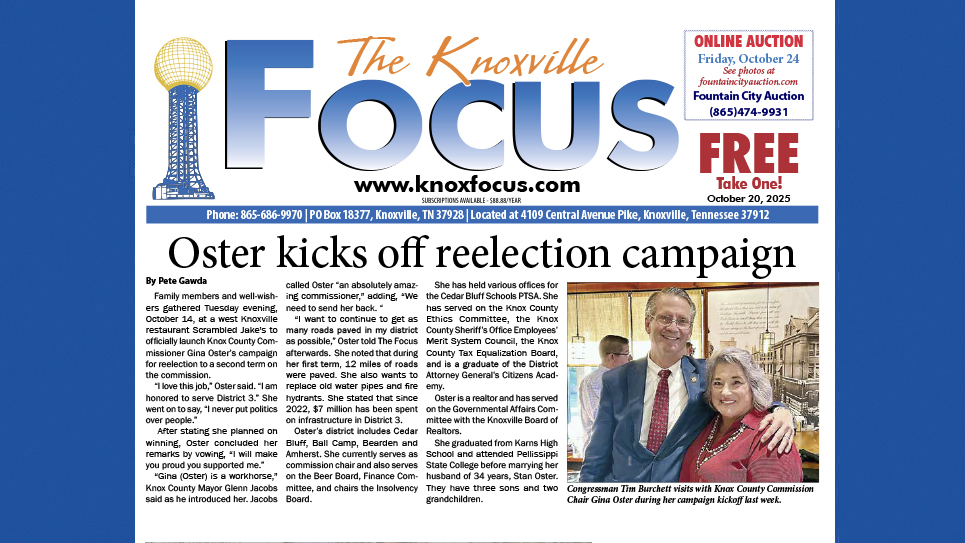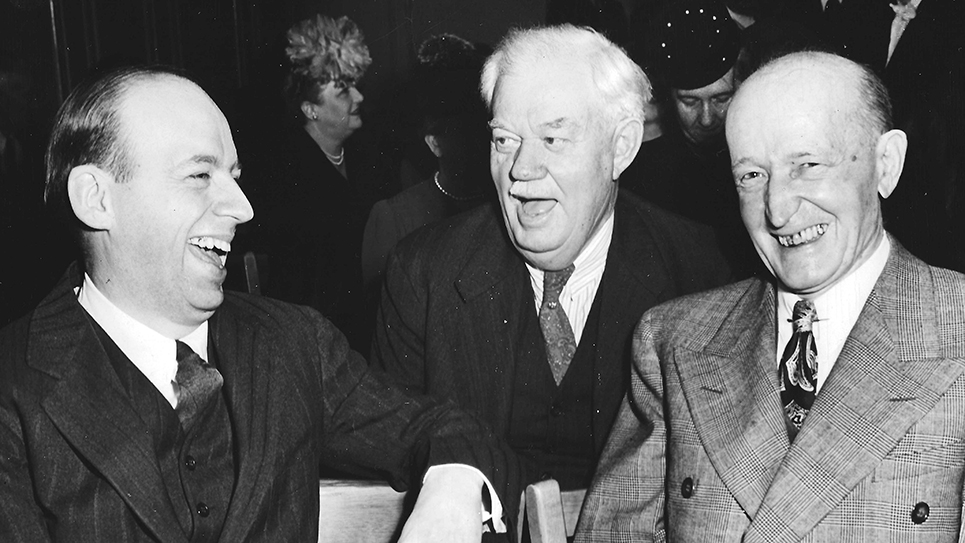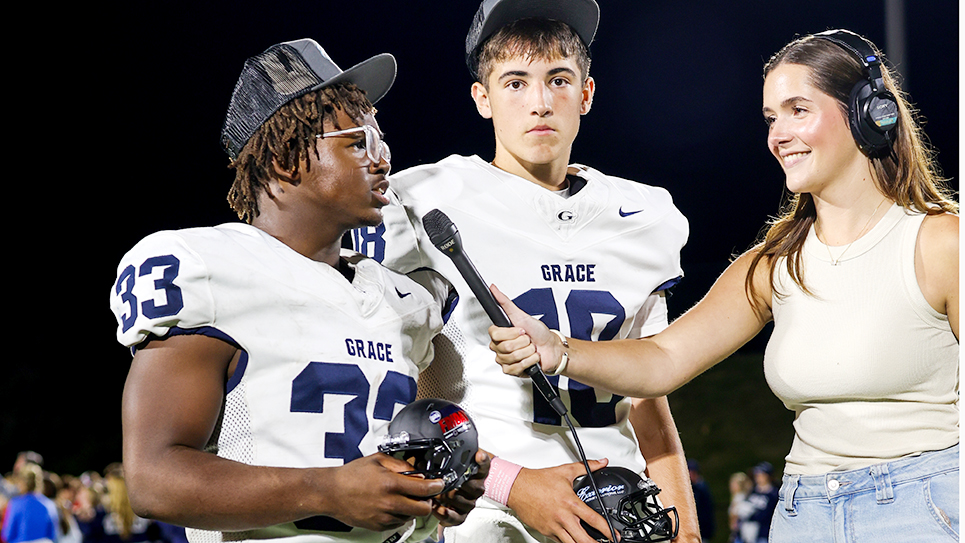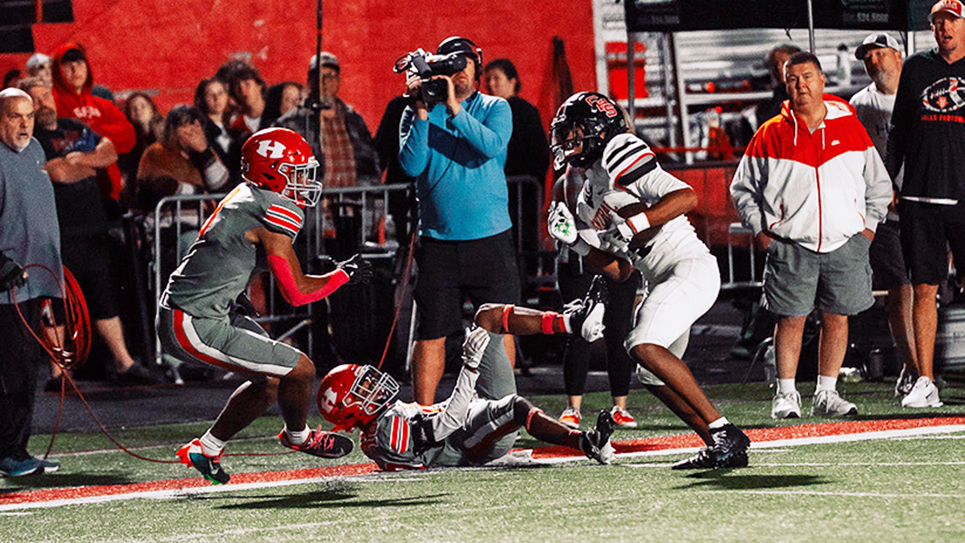By Dan Andrews
The University of Tennessee is pumping some money into sports science.
With the hot weather and the start of college football practice, monitoring the weather and the impact it has on players is critical. To accomplish this task, the football program monitors the weather conditions using the 3M QUESTemp 32 Heat Stress Monitoring device. The 32 model is an older model, however it still a well working certified monitoring device. The main drawback is that the Questemp32 version does not have an automatic data logging device. However, it appears the Coach Jones has found a fix for that.
The Lady Vols soccer team recently acquired new GPS technology that will allow the coach and training staff to monitor the players’ performance. This technology will result in less injury, better training, and also prepare the Lady Vols for the next generation of sports science.
As noted in a recent article, many schools have been slow to respond to the rapidly changing new field of sports science.
I spoke with Coach Penske after the Orange and White game about the technology in detail.
According to Coach Penske, the use of GPS soccer tracking technology is for two main reasons: One is for absolute maximum sports performance – to bring the best out of every player. The other reason is for injury prevention.
The technology allows the coach to track the distance and speed of every player during practice or a game. Coach Penske gave an example, “Let’s say a soccer player averages about 20 mph max speed per game. However, their max speed at the last game was 12 mph. We might need to give them a day off for recovery so they can avoid danger.”
For more information specifically involving the field of sports soccer, check out these links.
http://www.sporttechie.com/?s=soccer&submit=Search
http://www.footballscience.net/
http://www.scienceofsocceronline.com/









